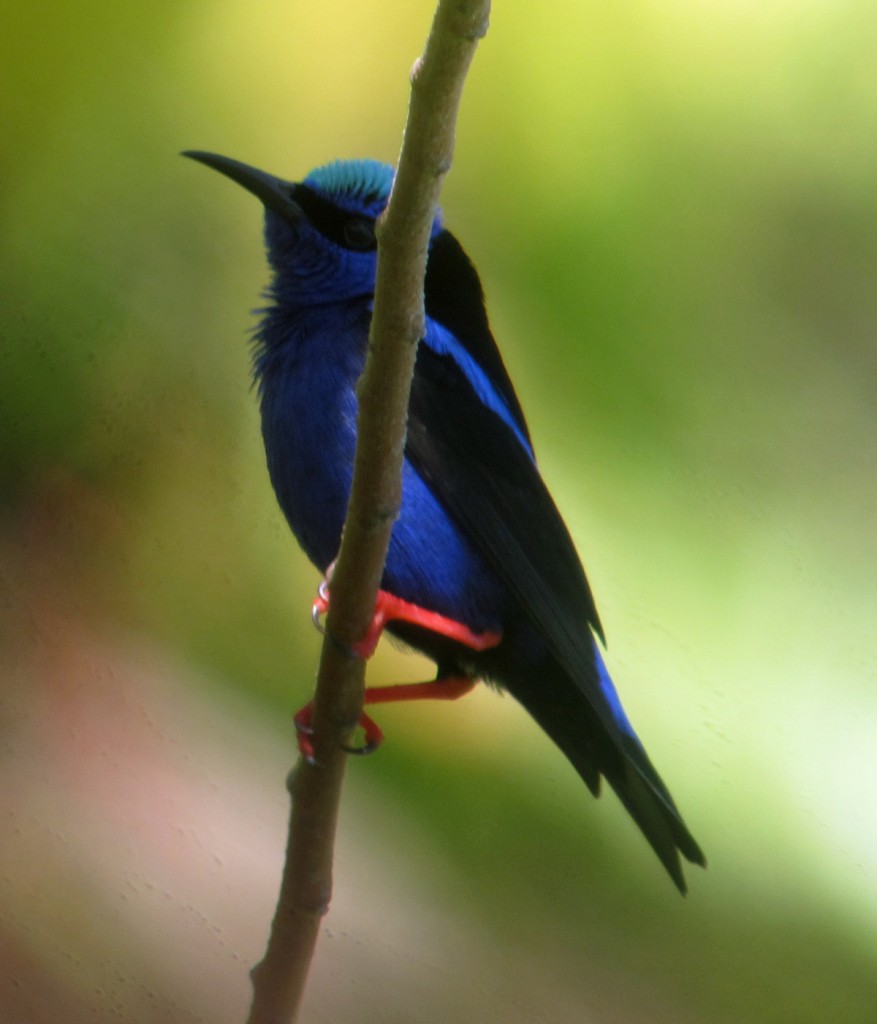Tanagers are a very large New World family of birds with more than forty species in Costa Rica. Although tanagers come in many colors and patterns, there are only two species with all red males. Unlike the much rarer Hepatic Tanager (Piranga flava), the Summer Tanager (Piranga rubra) has a light-colored bill. Summer Tanagers can be found all over Costa Rica, except in the highest elevations.
All media is copyright costaricawildlife.net, 2013.











